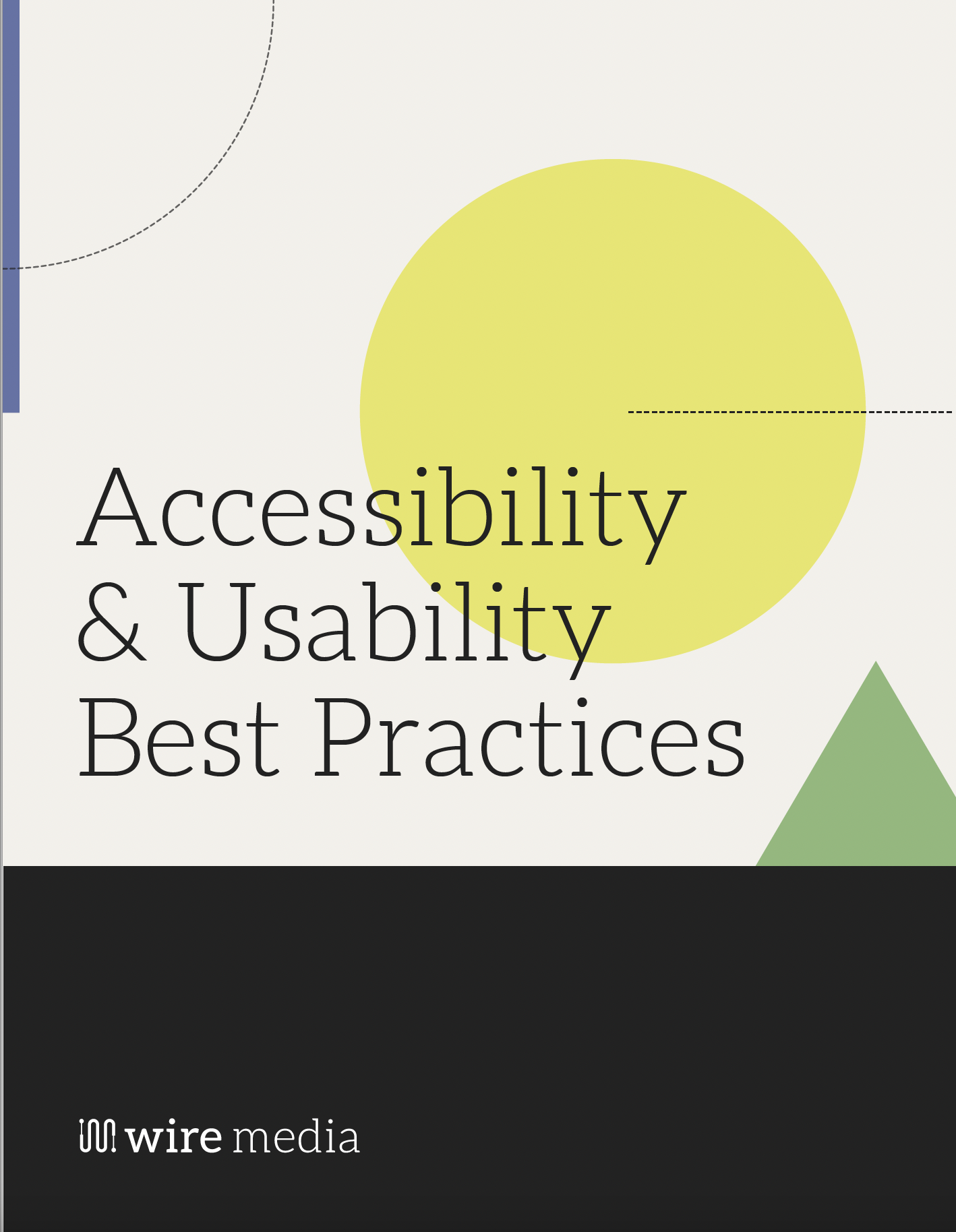
Web accessibility overlay tools, such as Accessibe, have become increasingly popular in recent years. Users think of them as a quick and easy way to make a website more accessible for people with disabilities. However, while these tools may seem like a simple solution, you may want to reconsider. After all, if something seems too good to be true, it just may be.

Overlays Overpromise
To start, relying on an accessibility overlay tool does not actually fix the underlying accessibility issues on your website. According to the Web Accessibility Initiative (WAI) of the World Wide Web Consortium (W3C):
“It is not sufficient to rely on client-side scripts, such as those provided by overlay tools, to provide accessibility. These tools can improve accessibility for some users, but they are not a replacement for proper semantic markup and a well-designed user interface.”
In other words, overlay tools simply add a layer on top of the website, in an attempt to make the content more accessible, without addressing the reason it was inaccessible to begin with. This means some users will continue to face barriers when trying to use your website.
Quick Solutions Rarely Exist
In addition to not adequately fixing accessibility issues, overlay tools can create totally new problems for users. For example, the National Council on Disabilities (NCD) warns that some overlay tools could be disruptive to screen reading software. So, rather than helping users who are visually impaired, overlay tools could actually make it harder for them to access your web content.
Aside from the issues passed on to users, overlay tools can give you — the website owner — a false sense of security about the accessibility of your site. This could lead to complacency, lessening the urgency to tackle your website’s underlying challenges. In our opinion, this is what makes accessibility overlay tools misleading and outright counterproductive to their goal.
Final Word
Instead of relying on web accessibility overlay tools, invest in properly designing and developing your website to meet the guidelines provided by the WCAG, which ensures your site is accessible to all users. This may require more time and effort upfront, but it will result in a better and more inclusive user experience for everyone.
Further reading and resources:
- Why Accessibility Overlays Are Bad…
- Designing for Screen Readers
- 10 Tools to Evaluate the Accessibility of Your Website
- Largest U.S. Blind Advocacy Group Bans Web Accessibility Overlay Giant AccessiBe From Its National Convention
*We’re experimenting with AI and had it help us draft this blog post.
